Every generation is making it easier for technology to solve our workplace needs. And if it’s not solving, it’s certainly improving company operations in ways we didn’t think were possible. This is the case especially when it comes to cloud technology and the Internet of Things (IoT).
Both of these innovations have made it possible for mobility and wireless capability to revolutionize the office. With cloud technology making it easier to store important documents, retrieve files from different platforms and more, the need for in-house storage is thrown out the window.
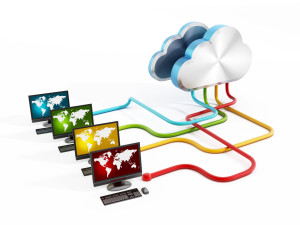 The devices that have been birthed from the idea of IoT — smart objects — even have the capability of transferring data to the cloud without the need of much maintenance. Now, that’s impressive.
The devices that have been birthed from the idea of IoT — smart objects — even have the capability of transferring data to the cloud without the need of much maintenance. Now, that’s impressive.
Both cloud and IoT work together to minimize the physical work employees have to perform while simplifying their workload and giving them the chance to manage processes wirelessly.
Cloud Computing
Now, as we’re confident that you’re aware of the concept of cloud technology that’s sweeping across all industries, we’ll give you a quick refresher. Cloud computing, put simply, is the ability to store and access information and programs over the internet as opposed to a hard drive or network server. The biggest benefit is being able to use your mobile devices to access your desired files from anywhere you may be.
What Exactly is IoT?
The Internet of Things is a concept where devices synchronize and give users the ability to transfer data over a network — without the need for human-to-human or human-to-device interaction. Virtually anything that can be assigned an IP address can become a part of this interconnection.
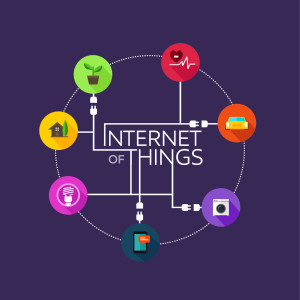 In the manufacturing industry, an example of IoT would be a sensor in the inventory room that alerts computers to re-order more equipment once the supply reaches a certain level. This efficiently streamlines company operations where smaller tasks need not be done by employees, but rather supervised.
In the manufacturing industry, an example of IoT would be a sensor in the inventory room that alerts computers to re-order more equipment once the supply reaches a certain level. This efficiently streamlines company operations where smaller tasks need not be done by employees, but rather supervised.
Benefits of this Relationship
Well, why are we talking about this? In short, this is the future. We’ve already said goodbye to wires and we’re currently saying goodbye to physical storage devices. Despite so many wires being cut, we’re still more connected than we’ve ever been. Both of these ideas feed off of each other and the workplace has a lot to benefit from this relationship.
We can expect to see more advancements in the workplace where employees can reduce their amount of physical work, and instead, focus on managing the wireless relationship that IoT and cloud computing have helped create.
Applying Technologies to Business Intelligence
If you’re a convenience store owner, winery manager or any business who benefits greatly with the use of big data, you can expect changes too. In the future, it’s possible that we will see IoT and cloud come together to revolutionize your data collection strategies. We’ve already seen Cloud BI become a useful tool for many, so we’re sure that full integration is not too far behind.
Perhaps your BI solution will integrate into your IoT where you’ll receive data updates when and how you want them delivered. Cloud technology can enable you to share these statistics with your management team — all before you even reach your office.
Now, while there’s a lot to still be desired as technology improves and as business owners learn new ways to use these innovations to their advantage, the future is looking very promising. For employees on the go and for those who would like to use multiple resources to achieve their goals, we can look forward to a stronger relationship that will change the workplace for the better in the coming years.


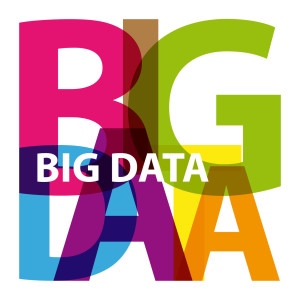



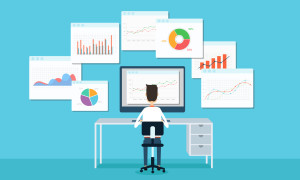 In the industry of big data, there are many moving parts that are working together to provide businesses with an easier method to track their company operations. As we get deeper into the culture of interconnectivity, the value of having readable, statistical data rises to the top of an executive’s needs.
In the industry of big data, there are many moving parts that are working together to provide businesses with an easier method to track their company operations. As we get deeper into the culture of interconnectivity, the value of having readable, statistical data rises to the top of an executive’s needs.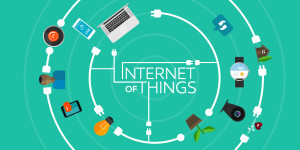
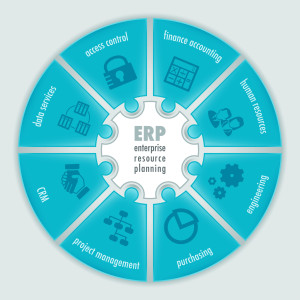
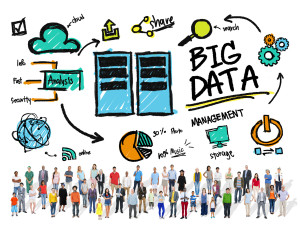
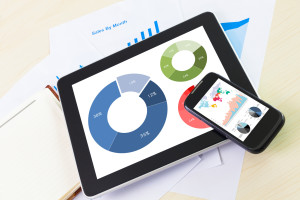 Your business intelligence solution’s main responsibility is to provide you with convenient, efficient and accessible data that allows you to make confident business choices as a result. Does yours fill those needs?
Your business intelligence solution’s main responsibility is to provide you with convenient, efficient and accessible data that allows you to make confident business choices as a result. Does yours fill those needs? Your business is in a rut. Sales are plateauing, but they’re at a low level. The sales season hasn’t changed, but for some reason you can’t quite put your finger on why your company’s sales has come to a standstill.
Your business is in a rut. Sales are plateauing, but they’re at a low level. The sales season hasn’t changed, but for some reason you can’t quite put your finger on why your company’s sales has come to a standstill. Just how important is having a strategy, solution or partner that focuses on business intelligence? Extremely important, if you ask us.
Just how important is having a strategy, solution or partner that focuses on business intelligence? Extremely important, if you ask us.